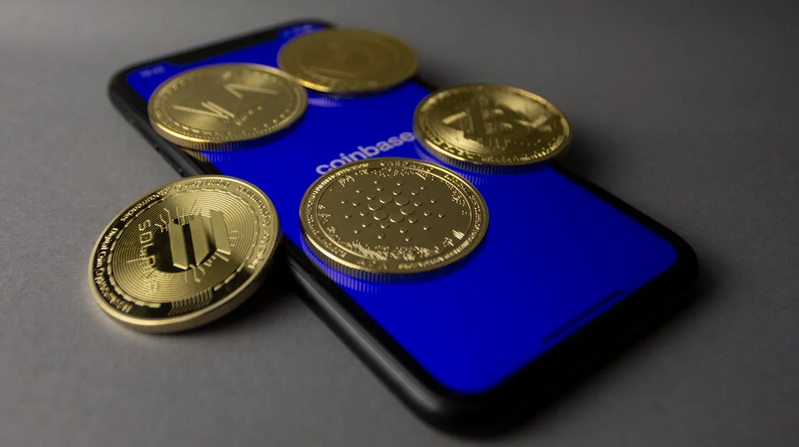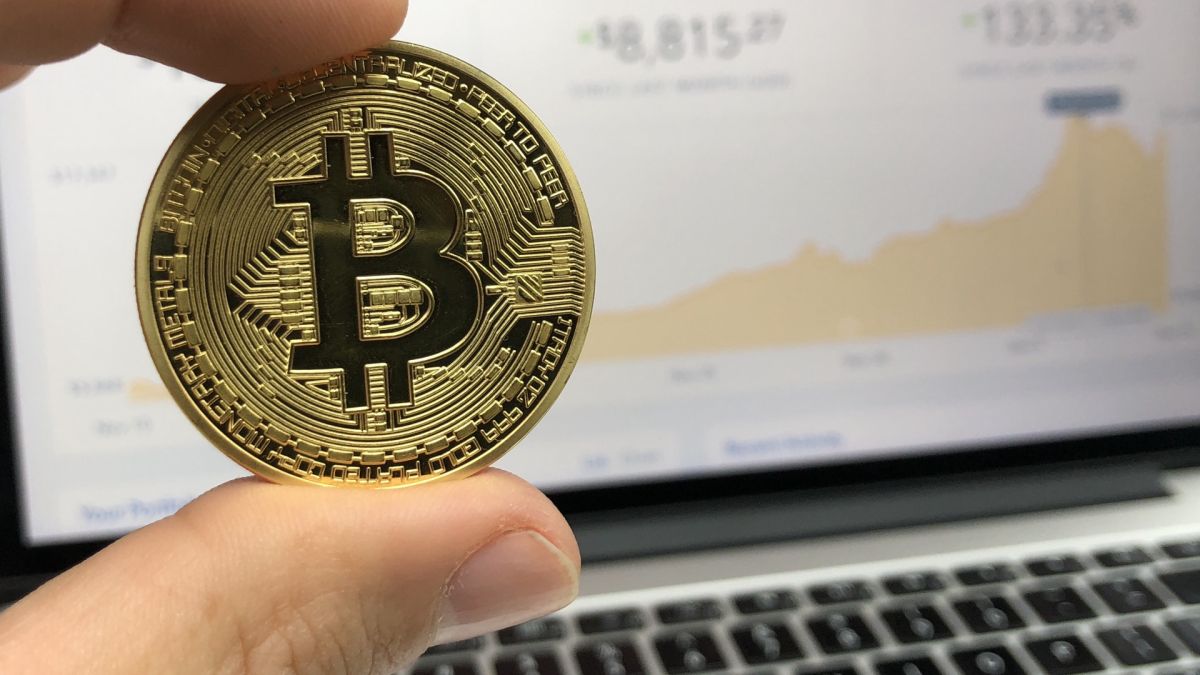In a world that’s constantly on the move, where speed and convenience reign supreme, quick loans are becoming an essential lifeline for many. Whether it’s funding an unexpected medical bill or seizing a last-minute opportunity, these financial tools offer immediate relief in times of need. But as we look ahead, what can we expect from the landscape of quick loans? From technological innovations to shifting consumer priorities, several trends are poised to redefine how we access credit. Join us as we navigate tomorrow’s financial frontier and explore the key trends shaping the future of quick loans—because when it comes to your finances, being informed is just as important as being fast.
Artificial Intelligence and Machine Learning

Artificial Intelligence (AI) and Machine Learning (ML) are revolutionizing the financial industry, including the quick loan sector. These technologies are enhancing the efficiency and accuracy of loan approval processes. AI-driven systems can analyze vast amounts of data in real time, assessing creditworthiness more effectively and quickly than traditional methods. Machine learning algorithms improve over time, enabling lenders to predict borrower behavior and manage risk with greater precision. As these technologies advance, we can expect quicker loan approvals and more personalized loan offers.
Blockchain Technology
Blockchain technology, known for its secure and transparent transaction capabilities, is making its mark on the quick loan industry. By leveraging blockchain, lenders can create immutable records of transactions, which enhances security and reduces fraud. Smart contracts, a blockchain application, can automate and enforce loan agreements, ensuring that terms are met without manual intervention. This technology not only accelerates the loan approval process but also increases trust and accountability in financial transactions.
Digital-Only Lenders
The rise of digital-only lenders is a significant trend in the quick loan sector. Unlike traditional banks, these lenders operate entirely online, eliminating the need for physical branches and associated overhead costs. Digital-only lenders use streamlined online platforms to process applications, often resulting in faster approvals and disbursements. This trend is expected to grow as consumers increasingly prefer the convenience and efficiency of online services.
Enhanced Customer Experience Through Personalization

Personalization is becoming a cornerstone of the quick loan experience. Advances in data analytics and AI enable lenders to offer tailored loan products that align with individual borrower needs and financial profiles. Personalized recommendations and offers based on a borrower’s unique situation can improve satisfaction and increase the likelihood of loan approval. Enhanced customer experience through personalization is expected to drive competition and innovation in the pikalaina market.
Alternative Data for Credit Assessment
Traditional credit scoring models are being supplemented or replaced by alternative data sources. These sources include social media activity, utility payments, and even rental history. Alternative data provides a more comprehensive view of a borrower’s financial behavior, especially for those with limited or no traditional credit history. By incorporating alternative data, lenders can offer quick loans to a broader range of applicants, including those who may not have access to conventional credit scoring.
Regulatory Changes and Compliance
As the quick loan industry evolves, so does the regulatory landscape. New regulations are being introduced to address concerns such as predatory lending practices and data privacy. Compliance with these regulations is crucial for lenders to maintain trust and avoid legal pitfalls. Staying abreast of regulatory changes and adapting to them will be essential for lenders to continue offering quick loans while ensuring fair practices and protecting consumer rights.
Integration With Fintech Ecosystems

The integration of quick loans with broader fintech ecosystems is a growing trend. Financial technology platforms, including budgeting tools, investment apps, and digital wallets, are increasingly incorporating loan services. This integration allows users to seamlessly access quick loan options alongside other financial services, enhancing convenience and user experience. The convergence of quick loans with fintech ecosystems is expected to create more holistic financial solutions and drive innovation in the sector.
The future of quick loans is being shaped by technological advancements and evolving consumer expectations. Artificial Intelligence, blockchain technology, digital-only lenders, personalization, alternative data, regulatory changes, and fintech integration are all contributing to a more efficient and customer-centric quick loan landscape. As these trends and innovations continue to develop, they promise to enhance the speed, accessibility, and security of quick loans, providing borrowers with more effective financial solutions in an increasingly digital world. Staying informed and adapting to these changes will be key for both lenders and borrowers in navigating the future of quick loans.…






 One of the most obvious reasons to hire an accountant is because they can help you save money on your taxes. By understanding the tax code and taking advantage of deductions and credits, an accountant can help lower your tax bill. This can free up cash flow for other business expenses or investments.
One of the most obvious reasons to hire an accountant is because they can help you save money on your taxes. By understanding the tax code and taking advantage of deductions and credits, an accountant can help lower your tax bill. This can free up cash flow for other business expenses or investments. An accountant can create a system for tracking income and expenses so you always know where your business stands financially. This level of organization can help streamline your business operations and make it easier to run your business effectively.
An accountant can create a system for tracking income and expenses so you always know where your business stands financially. This level of organization can help streamline your business operations and make it easier to run your business effectively. An accountant can help you create a roadmap for the future of your business. They can help you develop long-term financial goals and create a plan to achieve them. This level of planning can give you peace of mind knowing that your business is on track to reach its full potential.
An accountant can help you create a roadmap for the future of your business. They can help you develop long-term financial goals and create a plan to achieve them. This level of planning can give you peace of mind knowing that your business is on track to reach its full potential.
 Before going for any chartered financial planner, know you have to do some self-examination first. Are you a big spender? Are you looking at how to channel money into a retirement plan?
Before going for any chartered financial planner, know you have to do some self-examination first. Are you a big spender? Are you looking at how to channel money into a retirement plan? To be a chartered financial planner there are rigorous training steps and examinations. For instance, an investment adviser ought to be registered with the Securities and Exchange Commission.
To be a chartered financial planner there are rigorous training steps and examinations. For instance, an investment adviser ought to be registered with the Securities and Exchange Commission. Some financial planners will give you a retainer. It works if you are running a business and you need a chartered financial planner on board. Others might charge an hourly fee or work out a commission.
Some financial planners will give you a retainer. It works if you are running a business and you need a chartered financial planner on board. Others might charge an hourly fee or work out a commission.
 A business plan is the foundation of any successful business. Unfortunately, many business owners do not take time to create a structured blueprint of the operations, especially if they feel like they do not need outside financing. While you might not be looking for investors during the launch, you do not have to draft one when the opportunity presents itself hurriedly.
A business plan is the foundation of any successful business. Unfortunately, many business owners do not take time to create a structured blueprint of the operations, especially if they feel like they do not need outside financing. While you might not be looking for investors during the launch, you do not have to draft one when the opportunity presents itself hurriedly. Anyone working on a full-time job understands that the taxman has to get their share before funds land into the account. Individual tax matters are usually simple to understand. However, things become quite complicated when dealing with business finances. It is usually easy to be caught up in the business’s daily operations, probably neglecting your tax responsibilities. The best way to handle your tax responsibilities is to work with this accounting firm serving Buckinghamshire or any other chartered accountants conversant with tax laws applicable to your jurisdiction.
Anyone working on a full-time job understands that the taxman has to get their share before funds land into the account. Individual tax matters are usually simple to understand. However, things become quite complicated when dealing with business finances. It is usually easy to be caught up in the business’s daily operations, probably neglecting your tax responsibilities. The best way to handle your tax responsibilities is to work with this accounting firm serving Buckinghamshire or any other chartered accountants conversant with tax laws applicable to your jurisdiction.




 Auto Loans
Auto Loans

 When you need a professional insolvency practitioner, make sure that you contact a few of these experts to ask for an estimate of costs for the course of services that you are seeking for your business. In doing this, you will have a good idea of the costs and fees that you will incur in this process. Before you make any remarks, remember that the cheapest option is not the best always.
When you need a professional insolvency practitioner, make sure that you contact a few of these experts to ask for an estimate of costs for the course of services that you are seeking for your business. In doing this, you will have a good idea of the costs and fees that you will incur in this process. Before you make any remarks, remember that the cheapest option is not the best always.
 Avoid trying to be a know-it-all person. You need qualified people for water damage restoration to check the damage and identify the affected areas, the implication of the loss, and the way forward for fixing the problem. You should also direct your questions to the technician inspecting so that you have a sufficient debrief of the situation. You need to be involving yourself with the assessment strictly to avoid assumptions and generalization that might hide other lingering disasters.
Avoid trying to be a know-it-all person. You need qualified people for water damage restoration to check the damage and identify the affected areas, the implication of the loss, and the way forward for fixing the problem. You should also direct your questions to the technician inspecting so that you have a sufficient debrief of the situation. You need to be involving yourself with the assessment strictly to avoid assumptions and generalization that might hide other lingering disasters.
 will guarantee you a
will guarantee you a 




 If you live nearby to your workplace, why not walk to your workplace? Instead of spending your money on gas or other transportation fees,
If you live nearby to your workplace, why not walk to your workplace? Instead of spending your money on gas or other transportation fees, 
 Most people like to spend their hard-earned money on a five-star hotel on their vacation, which is a waste of money. Think of your accommodation as a place where you put your things and for you to shower and rest, nothing more. With that being said, we suggest that you paid for a hotel that’s not too expensive but still safe and trusted enough. When you think about it, you’re going to spend most of your time outside, so an expensive hotel will not be worth it. We suggest trying a capsule hotel or Airbnb for cheaper accommodation.
Most people like to spend their hard-earned money on a five-star hotel on their vacation, which is a waste of money. Think of your accommodation as a place where you put your things and for you to shower and rest, nothing more. With that being said, we suggest that you paid for a hotel that’s not too expensive but still safe and trusted enough. When you think about it, you’re going to spend most of your time outside, so an expensive hotel will not be worth it. We suggest trying a capsule hotel or Airbnb for cheaper accommodation. Now here’s where it gets tricky. Some people are biased on eating a specific type of food, and it can get quite expensive when you’re traveling to another country. For example, eating western food in a south-east Asian country will get pricey, and it might not taste just like how you want it. So, a tip from us to save some money on food is to buy groceries in the market and cook it for dinner back at the apartment or hotel. If you feel brave to try new things, why not ask the locals on where they can eat tasty and cheap as this will save your money for other things, such as souvenirs or entertainments.…
Now here’s where it gets tricky. Some people are biased on eating a specific type of food, and it can get quite expensive when you’re traveling to another country. For example, eating western food in a south-east Asian country will get pricey, and it might not taste just like how you want it. So, a tip from us to save some money on food is to buy groceries in the market and cook it for dinner back at the apartment or hotel. If you feel brave to try new things, why not ask the locals on where they can eat tasty and cheap as this will save your money for other things, such as souvenirs or entertainments.…



